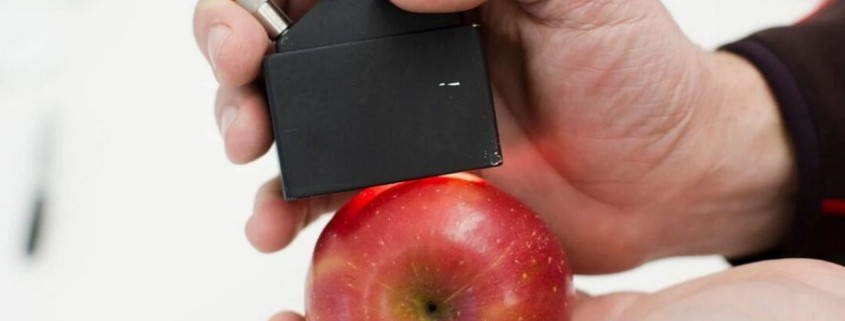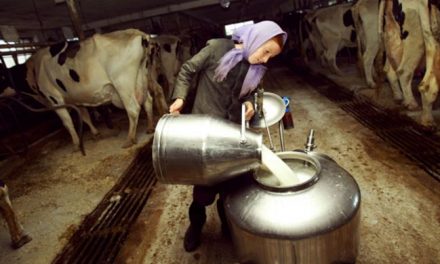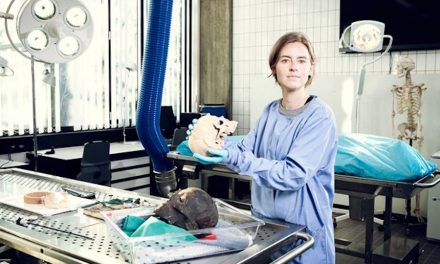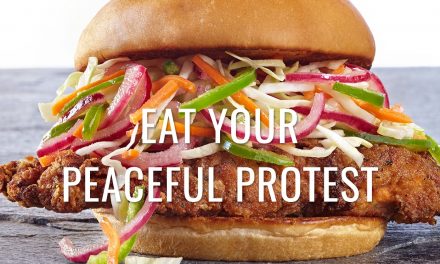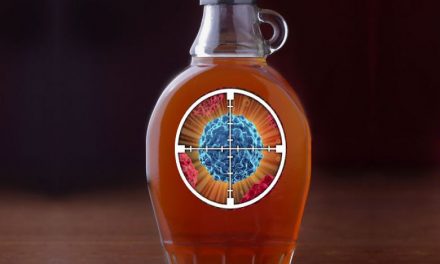Food Scanner Can Tell You What Your Food Is Made Of
Bypassing regulations and corrupt laws, a new technology being investigated by three major companies has the potential to revolutionize the food industry by allowing consumers to scan their own food and determine what it is, exactly.
The scanner is tiny, as small as a grain of rice, and can fit in your smart phone. It works by reading reflected light. Certain chemicals (gluten, sugar, vitamin C, etc.) reflect different kinds of light and the machine can delineate, advising you as to what actually makes up the substance you are scanning.
This technology allows us to bypass the need to rely on a small, broken or corrupt governing body to graciously let us know what we’re eating. Large food companies send huge sums of money to the US congress, for instance, to keep labels empty and consumers in the dark. This, like the Uber of food labeling, breaks that corruption and puts the power of knowledge in your hands.

The largest and most well-known company working on the tech, at the moment, is grocery chain Target. In collaboration with MIT and business design firm Ideo in a venture called Food + Future coLab, they are developing large scanners that are building the database of food information.
According to Casey Carl, Target’s chief strategy and innovation officer, the purpose is to “deliver better freshness, quality and shelf life” of food by making sure that people are getting what they’re told they’re getting.
Elsewhere, companies like TellSpec and SCIO are developing handheld versions of the scanners for the masses. As the database continues to fill out, the machines become more accurate and effective. Eventually, decentralized, impartial and secure databases can flesh out the system to provide a seriously in-depth experience for the user.

Technology bypasses politics. It has always been thus. This is exciting.
*Article originally appeared at Minds.



